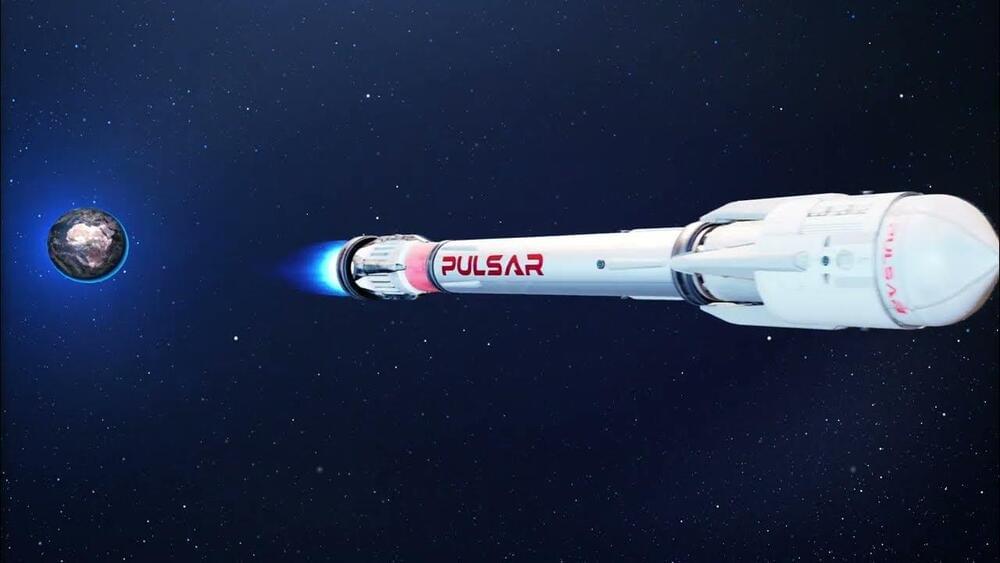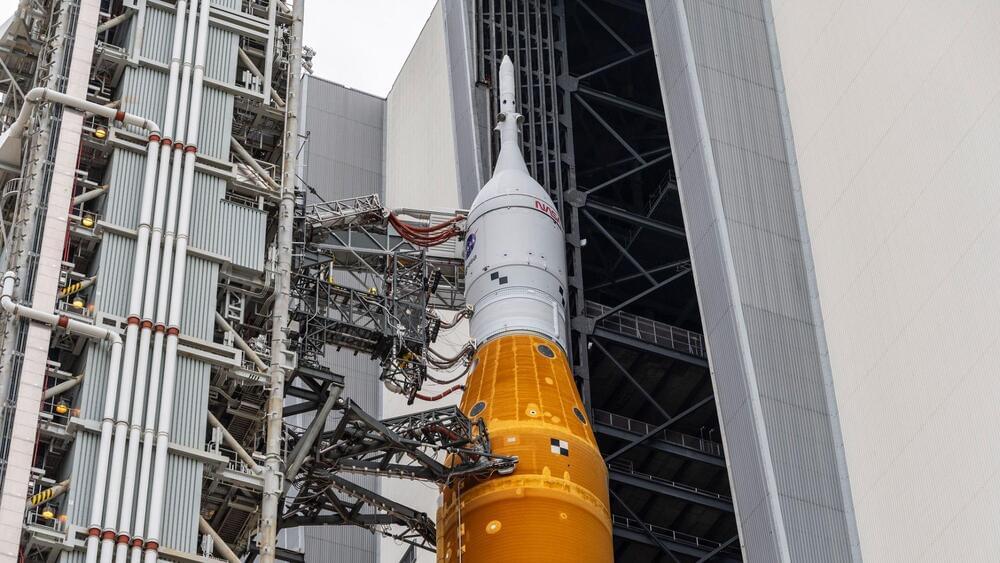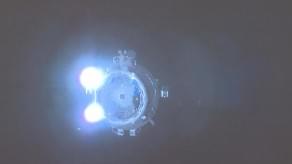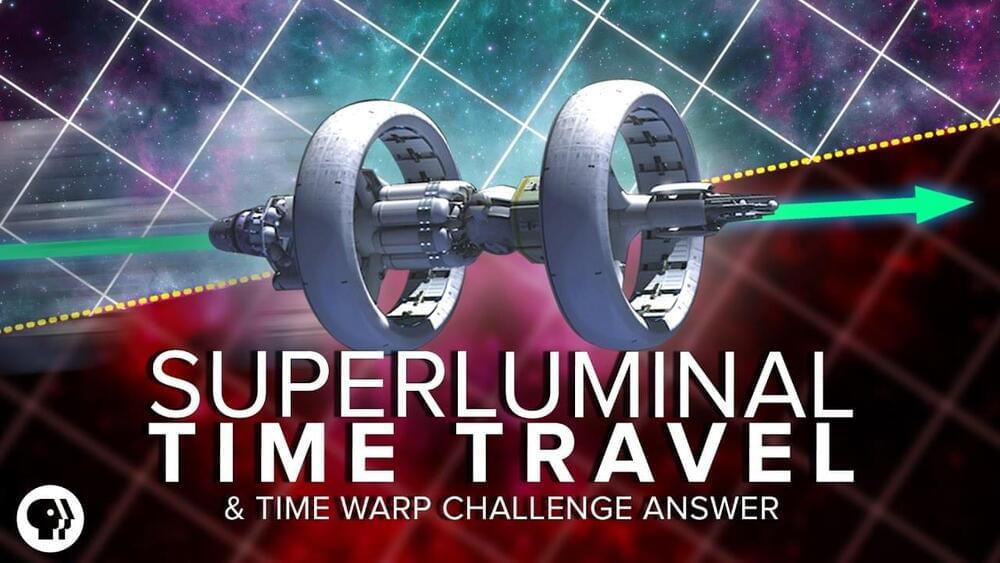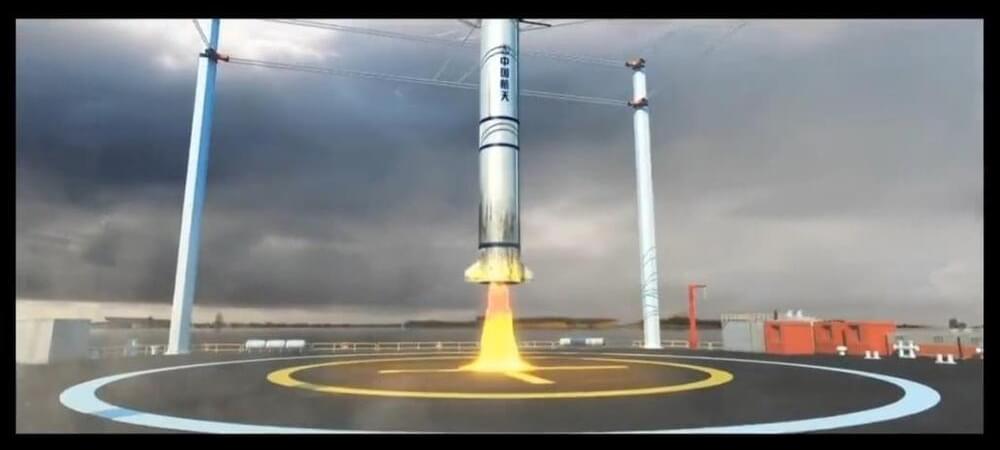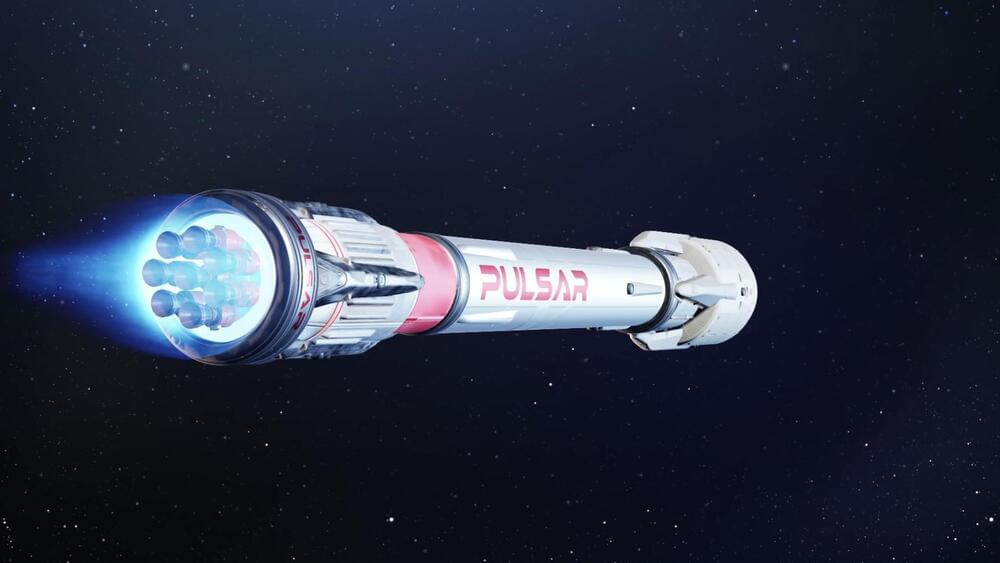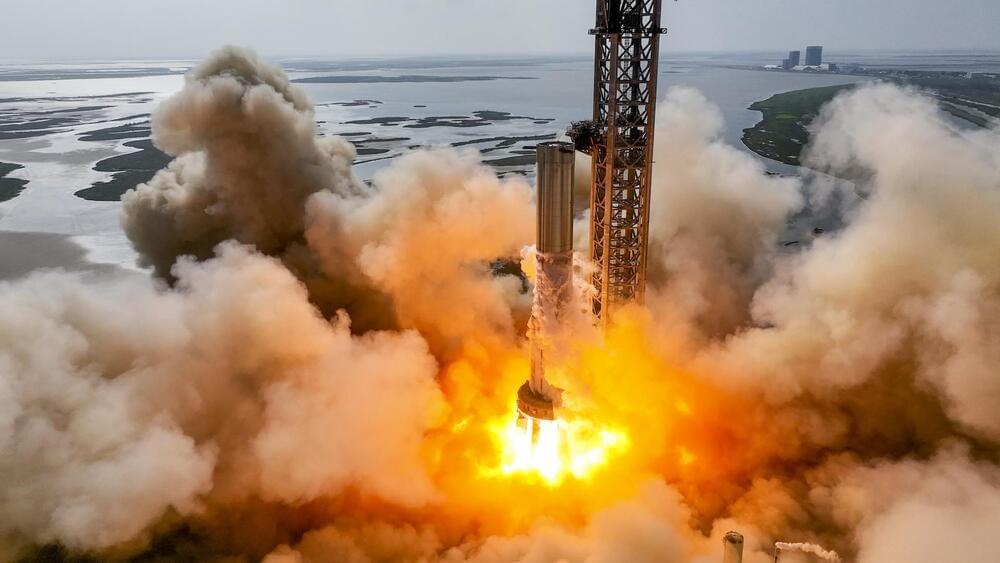The animation describes the concept of launching a nuclear fusion reactor into orbit in sections for final assembly in space. The concept uses live footage of Pulsar’s existing hall effect plasma thrusters (HET) and hybrid rocket engines tested at RAF Westcott in March 2022. Pulsar is also developing LOX / Methane rocket motors to support this concept.
